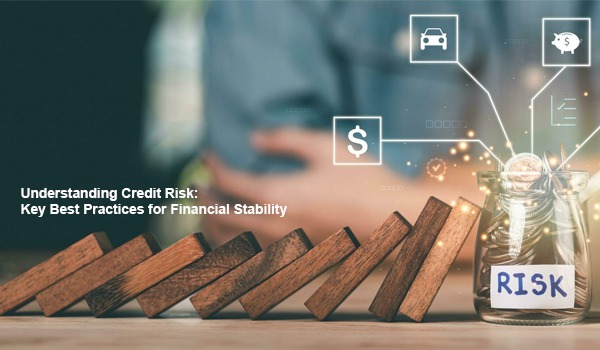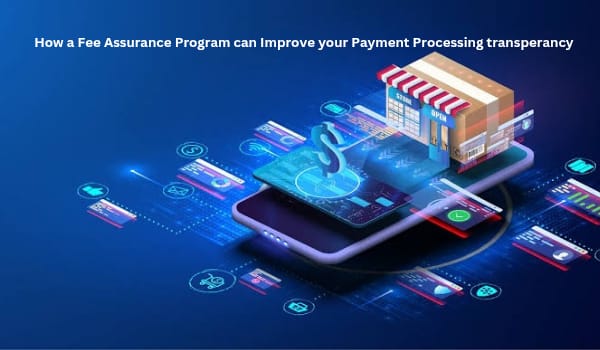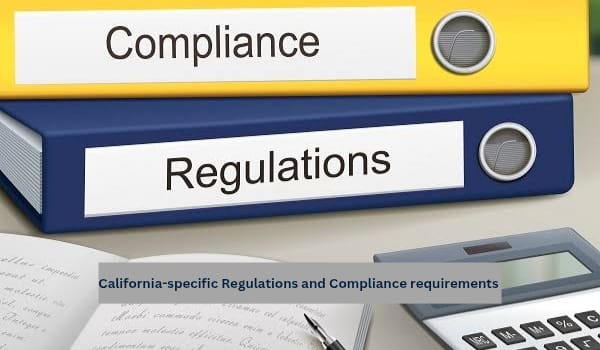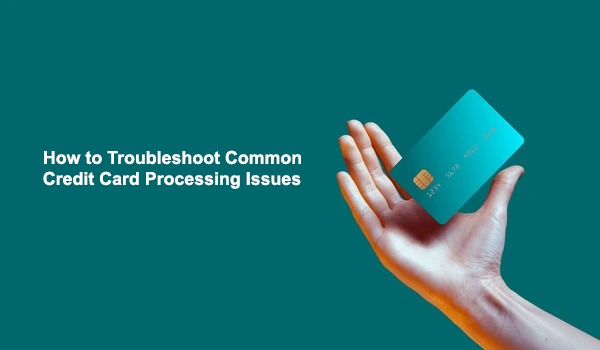
Introduction
Managing credit risk is crucial for financial stability in the ever-evolving world of payment processing. As businesses expand their digital payment capabilities, they become increasingly vulnerable to risks associated with fraud, payment defaults, and chargebacks. To ensure smooth and secure transactions, it's essential to understand credit risk and implement best practices to safeguard your business. This article will explore four key best practices—fraud prevention, credit card verification, payment monitoring, and customer due diligence—that can help companies reduce credit risk and maintain financial health.
Fraud Prevention: Protecting Your Business from Unauthorized Transactions
Fraud prevention is one of the most critical steps in managing credit risk. With cybercrime on the rise, securing your payment systems is paramount. Fraudulent transactions can result in chargebacks, financial loss, and damage to your reputation. Beyond the immediate economic impact, fraud can also erode customer trust, detrimental to long-term business growth.
Best Practices for Fraud Prevention
- Use Strong Encryption: Ensure all payment data is encrypted using the latest security standards (SSL/TLS) to prevent unauthorized access. Encryption not only protects sensitive customer information but also builds trust with your clientele.
- Implement Fraud Detection Tools: Utilize AI-powered fraud detection tools that analyze transaction patterns and flag suspicious activities, such as multiple payments from the same IP address or unusual spending patterns. These tools can provide real-time alerts, allowing you to intervene before fraud escalates.
- Two-Factor Authentication (2FA): Implement 2FA for users making large transactions or accessing sensitive information. This adds an extra layer of security by requiring a second form of verification, such as a one-time code sent to a mobile device or email.
- Regularly Update Security Protocols: Keep your payment processing systems updated with the latest security patches and protocols to stay ahead of evolving threats. Outdated systems are more vulnerable to attacks, and hackers often target known weaknesses in older versions of software.
In addition to these best practices, staff training on identifying potential fraud risks and using secure networks can further reduce the chances of fraud. By proactively preventing fraud, you can significantly reduce the risks of chargebacks and financial losses, maintaining the integrity of your payment processing system. A proactive approach to fraud prevention not only helps protect your financial stability but also reassures your customers that their data is safe with your business.
Credit Card Verification: Ensuring Payment Authenticity
Credit card verification plays a crucial role in confirming the authenticity of a payment. It ensures that the cardholder is authorized to make the transaction and reduces the likelihood of fraudulent or declined payments. In an increasingly digital world, verifying credit card information is crucial for maintaining security and trust, especially when dealing with remote transactions like e-commerce.
Best Practices for Credit Card Verification
- Address Verification System (AVS): AVS checks the billing address provided by the cardholder against the one registered with the issuing bank. This helps detect discrepancies and potential fraud before the transaction is approved. If the addresses don't match, the transaction can be flagged for further review or rejected.
- Card Verification Value (CVV) Checks: The CVV code, found on the back of a credit card, adds an additional layer of security. Requiring the CVV ensures that the person initiating the transaction has physical access to the card, making it harder for fraudsters to process payments with stolen card numbers.
- Tokenization: Tokenization replaces sensitive payment information, like the card number, with a unique token that is meaningless if intercepted. By using tokenization, businesses can mitigate the risk of data theft, as the actual card details are never stored or transmitted during the payment process. This reduces the likelihood of a data breach compromising customer information.
In addition to these best practices, businesses can also implement real-time fraud monitoring systems that check for irregularities during the verification process. By adopting these verification methods, payment processors can greatly reduce the risk of fraudulent transactions and ensure that only valid payments are processed, contributing to both financial security and customer confidence.
Payment Monitoring: Spotting Unusual Activity in Real Time
Continuous monitoring of transactions is essential for identifying suspicious activity early. With the rise of cyber fraud and payment defaults, having a robust monitoring system helps businesses detect fraudulent payments, chargebacks, and potential defaults before they escalate into significant issues. Effective payment monitoring minimizes the risk of financial loss, ensures smoother transactions, and protects the reputation of the business.
Best Practices for Payment Monitoring
- Transaction Pattern Analysis: By analyzing transaction patterns, businesses can spot deviations from typical customer behavior. For example, a sudden surge in high-value purchases, rapid multiple transactions from the same card or account, or purchases from unusual geographic locations may indicate fraudulent activity. Identifying these irregularities early allows businesses to intervene and reduce risks.
- Real-Time Alerts: Setting up real-time alerts for transactions that meet specific risk thresholds is critical. This enables businesses to monitor transactions as they occur and take immediate action if any red flags arise, such as a large purchase from an unrecognized IP address or multiple failed payment attempts. These alerts can help detect fraud early, preventing potential financial losses.
- Chargeback Management: Chargebacks are a common consequence of fraudulent transactions or customer disputes. Keeping track of chargeback ratios allows businesses to detect patterns that may indicate increasing fraud risks. Monitoring chargebacks in real-time also helps businesses manage disputes more effectively and minimize the financial impact. Proactively addressing chargeback trends can help prevent them from escalating and impacting your revenue.
Integrating payment monitoring systems with AI and machine learning can further enhance the detection of unusual activity by flagging subtle patterns that might otherwise go unnoticed. By consistently monitoring payments, you can spot issues early, take timely actions to mitigate potential damage and maintain a secure payment environment for both your business and your customers.
Customer Due Diligence: Assessing Creditworthiness and Payment History
Performing customer due diligence is an essential practice to ensure you're dealing with reliable, creditworthy customers. This process helps businesses evaluate the financial stability and trustworthiness of their clients, reducing the risks of late payments, defaults, and fraudulent transactions. Proper due diligence is particularly important when offering credit lines or processing large transactions, as it ensures the customer can meet their financial obligations.
Best Practices for Customer Due Diligence
- Credit Score Checks: Credit scoring services are invaluable for assessing the financial health of a customer before extending credit or approving large transactions. By evaluating a customer’s credit score, you can gauge their ability to repay and predict the likelihood of payment defaults. Customers with low scores may pose a higher risk, allowing you to take preventive measures or adjust payment terms.
- Review Payment History: A customer's past payment behavior is a strong indicator of their future actions. Look for patterns such as frequent late payments, chargebacks, or multiple declined transactions. These could signal potential credit risk and provide early warning signs of future payment issues. Additionally, consistently reviewing a customer’s payment history allows you to keep track of any significant changes in their behavior, ensuring you stay alert to emerging risks.
- Know Your Customer (KYC): Implementing KYC procedures allows businesses to verify the identity of customers, reducing the chances of fraud. By gathering and validating key information, such as government-issued identification, businesses can prevent fraudulent transactions from individuals who may not be who they claim to be. KYC is important not only for minimizing fraud but also for complying with financial regulations in many regions.
Conducting thorough due diligence at the beginning of a customer relationship can save your business from potential payment issues and losses down the line. By integrating these practices, businesses can ensure they’re dealing with customers who are capable of honoring their financial commitments, thus reducing the risk of non-payment or fraud.
Conclusion
Managing credit risk in payment processing is not a one-time task—it requires continuous attention and vigilance. By implementing best practices in fraud prevention, credit card verification, payment monitoring, and customer due diligence, businesses can protect themselves from financial losses, chargebacks, and fraud. These steps help maintain financial stability and create a safe, secure environment for both merchants and customers. As payment systems become more complex, staying proactive and updated on the latest security trends will ensure that your business remains resilient in the face of evolving risks.
By prioritizing these strategies, businesses can foster trust with their customers, avoid financial instability, and create a seamless, secure payment experience that supports long-term success.









